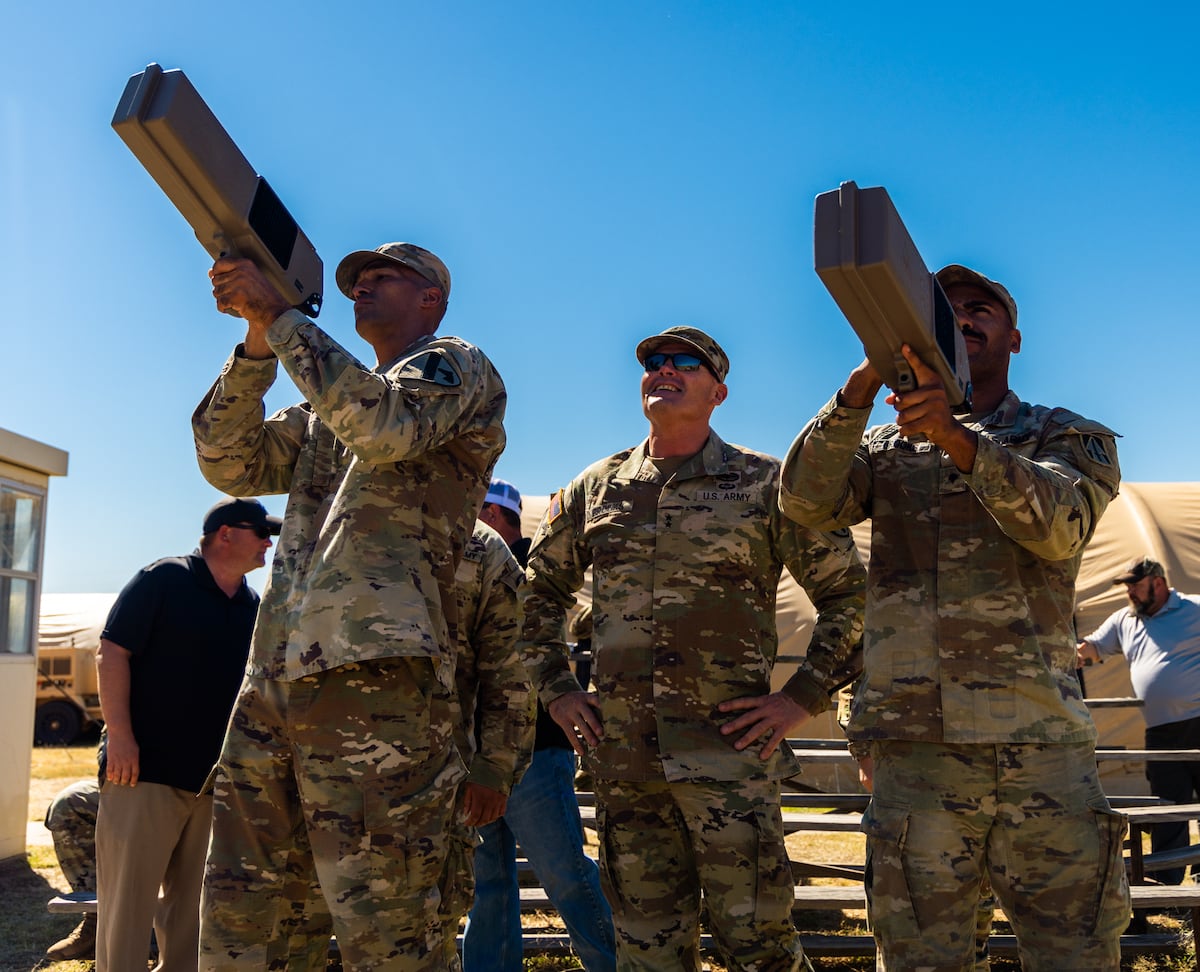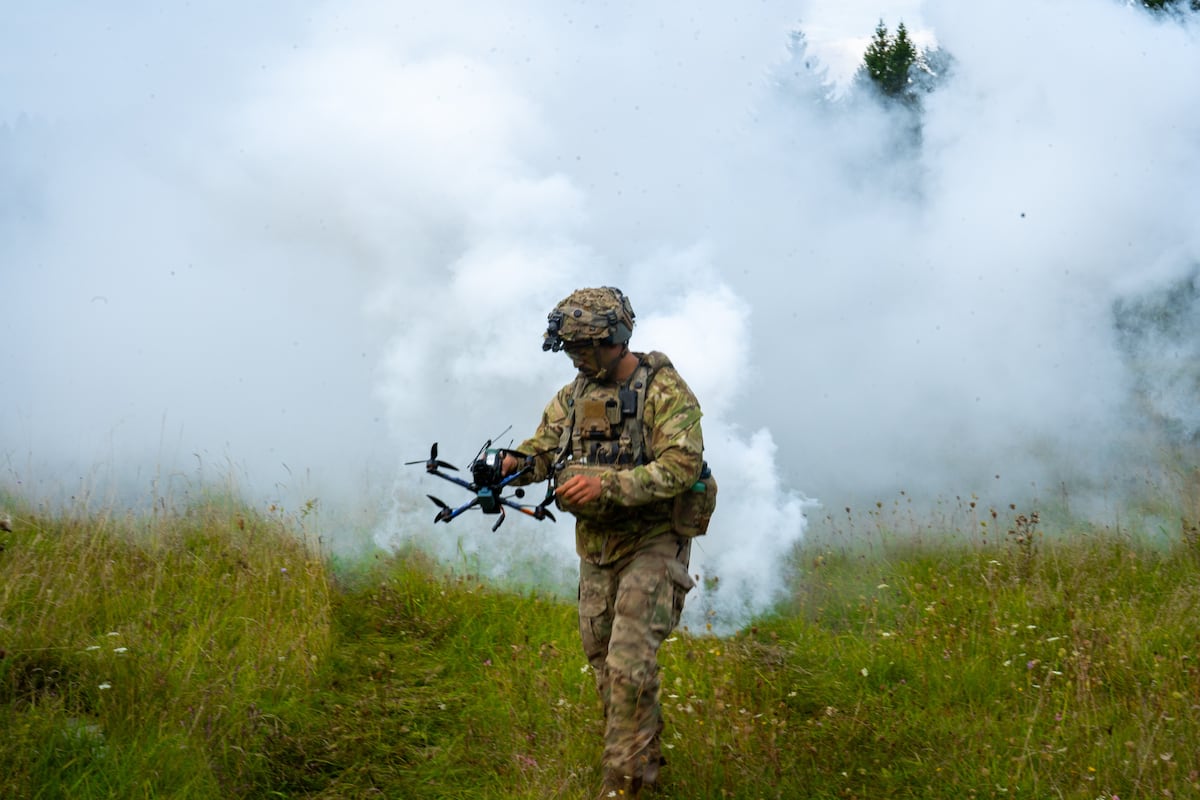- Reaction score
- 3,209
- Points
- 1,040
My civilian company tried that not used in 5 year plan. Worked great until a major breakdown which they found out that part that was sitting there for a decade and recently thrown out was a extremely long lead time and many millions of dollars to replace.
Its even more important to retain spare parts for the military as just in time delivery is a unreliable joke for serious needs. The pandemic should have shown us the short sightedness of it. The key is the parts have to be for something in use or long term storage. Not just kicking around with no real plan or intention for use.
Its even more important to retain spare parts for the military as just in time delivery is a unreliable joke for serious needs. The pandemic should have shown us the short sightedness of it. The key is the parts have to be for something in use or long term storage. Not just kicking around with no real plan or intention for use.



